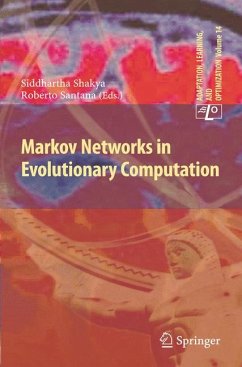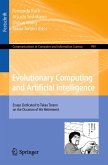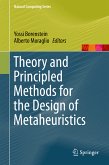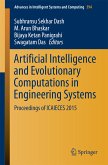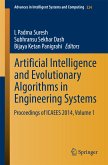This book focuses on the different steps involved in the conception, implementation and application of EDAs that use Markov networks, and undirected models in general. It can serve as a general introduction to EDAs but covers also an important current void in the study of these algorithms by explaining the specificities and benefits of modeling optimization problems by means of undirected probabilistic models.
All major developments to date in the progressive introduction of Markov networks based EDAs are reviewed in the book. Hot current research trends and future perspectives in the enhancement and applicability of EDAs are also covered. The contributions included in the book address topics as relevant as the application of probabilistic-based fitness models, the use of belief propagation algorithms in EDAs and the application of Markov network based EDAs to real-world optimization problems. The book should be of interest to researchers and practitioners from areas such as optimization, evolutionary computation, and machine learning.
Dieser Download kann aus rechtlichen Gründen nur mit Rechnungsadresse in A, B, BG, CY, CZ, D, DK, EW, E, FIN, F, GR, HR, H, IRL, I, LT, L, LR, M, NL, PL, P, R, S, SLO, SK ausgeliefert werden.

